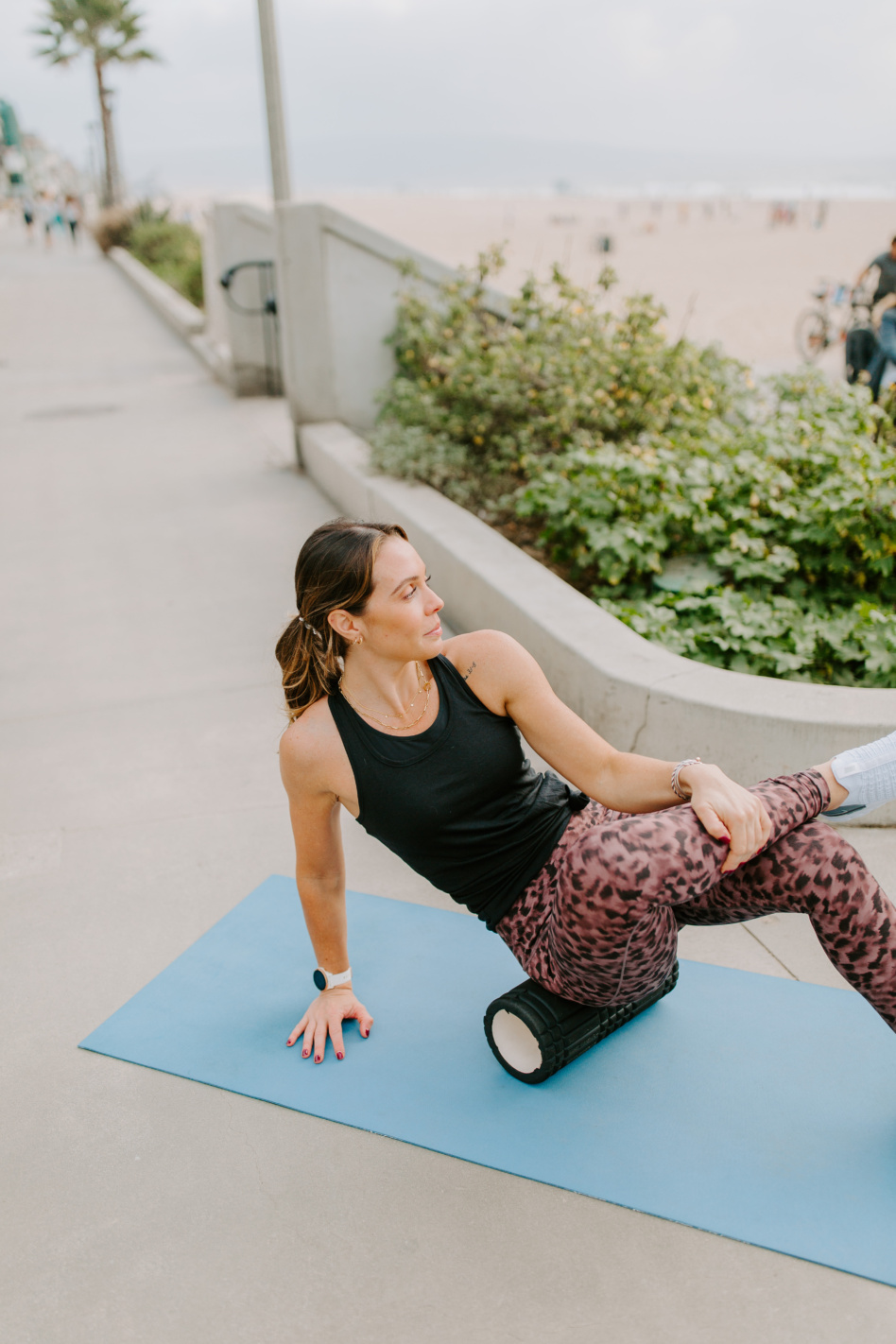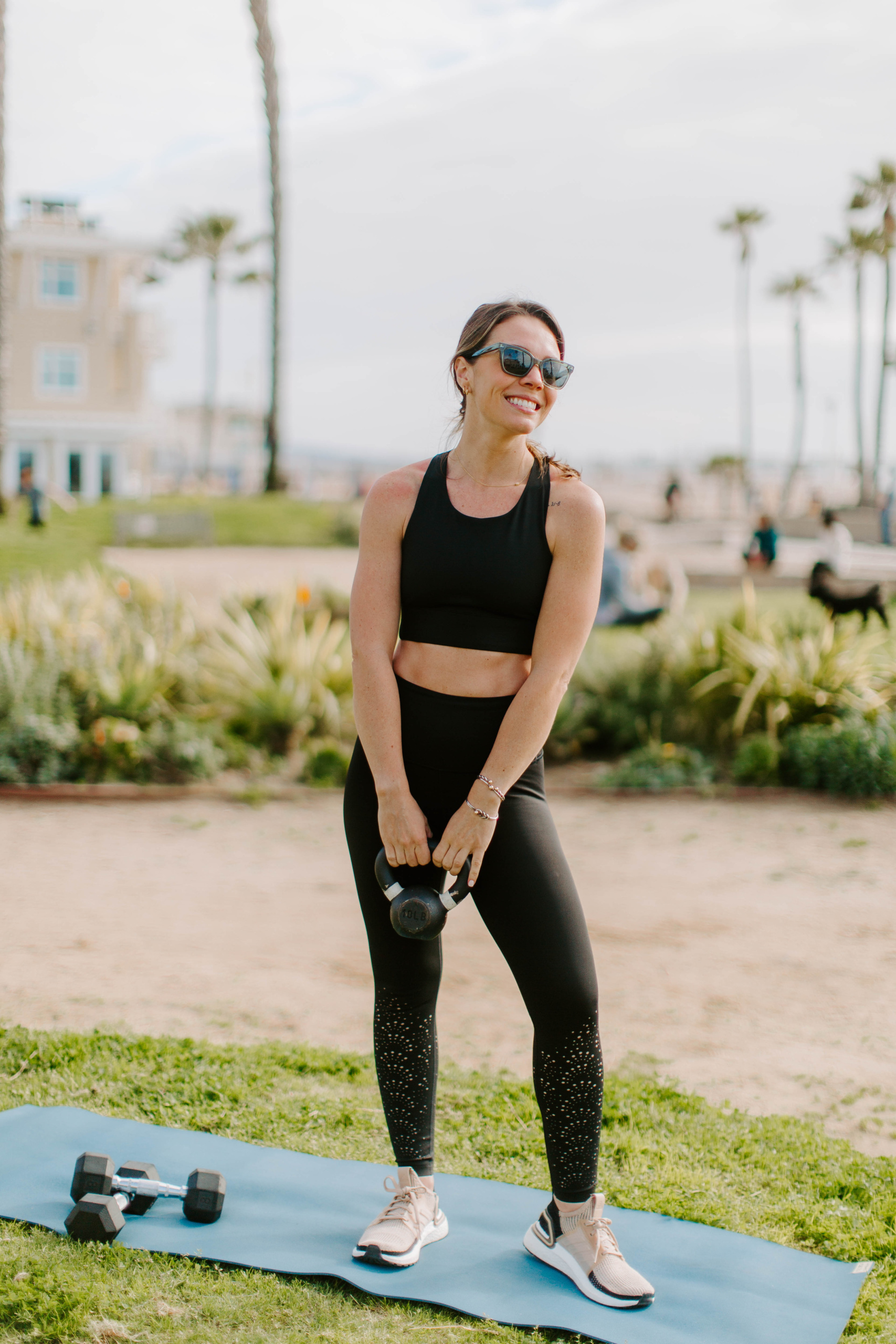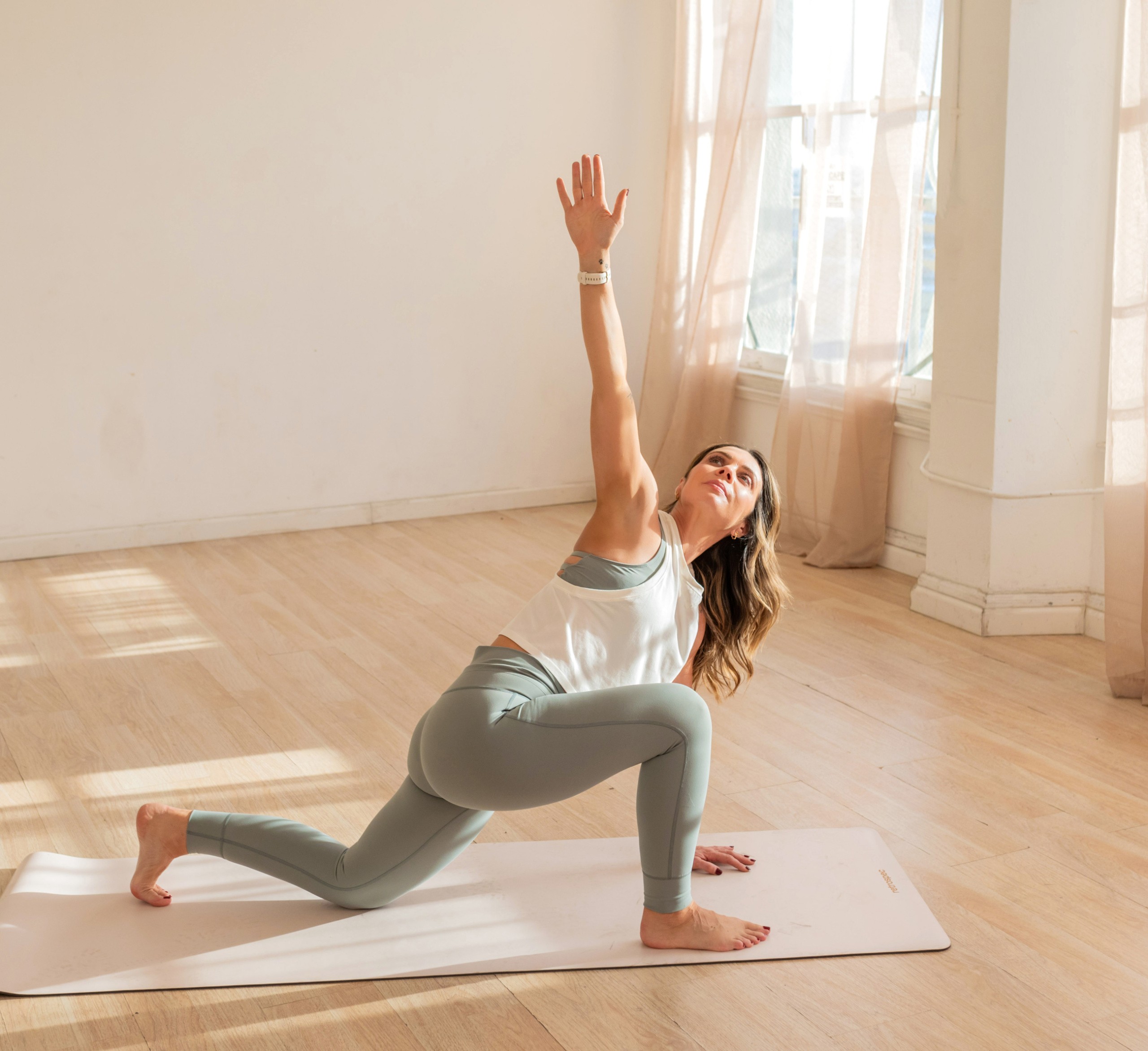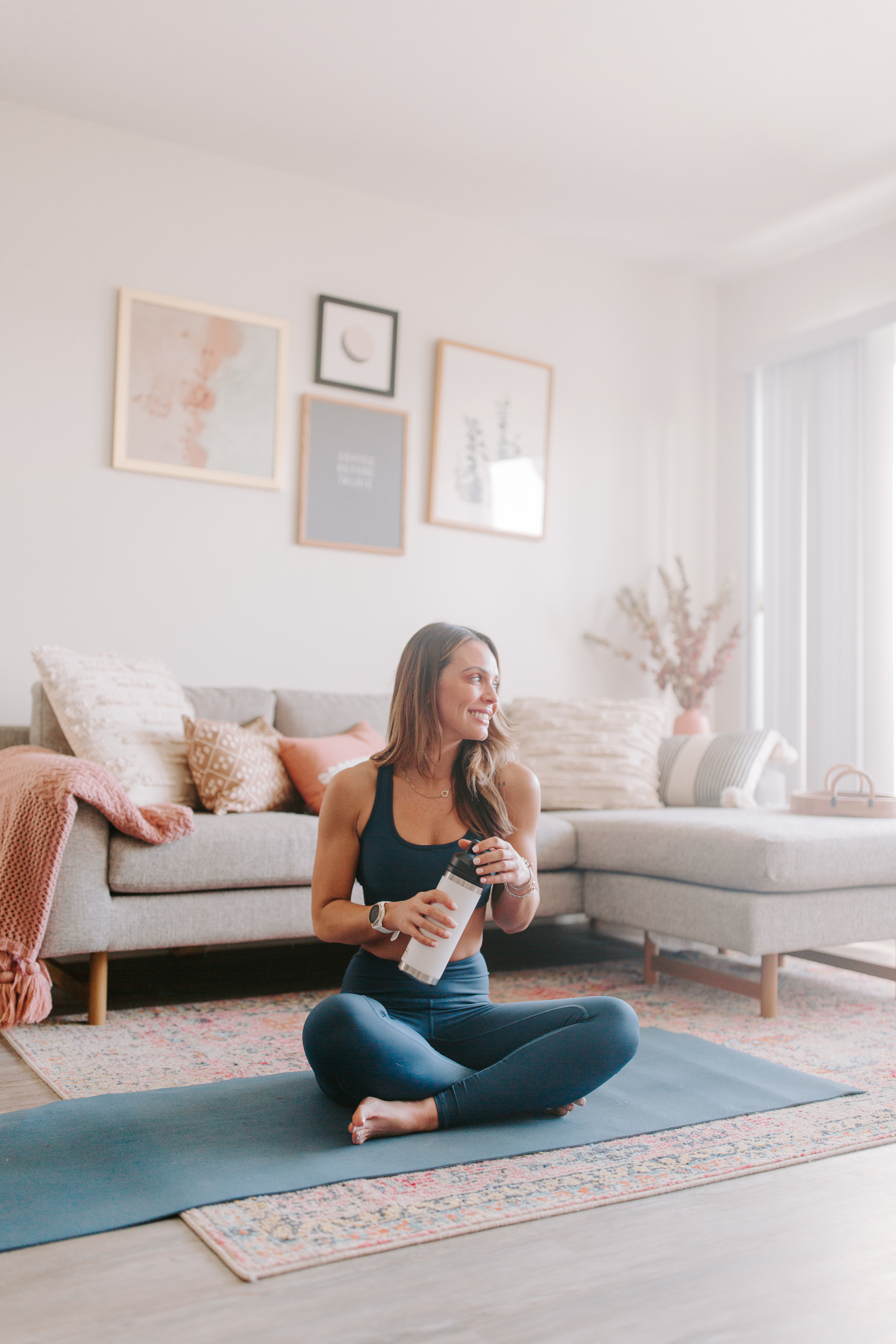
Muscle soreness is a common occurrence after physical exercise, training, or movement. While likely uncomfortable, muscle soreness is often normal and a part of the recovery process. Here is everything you need to know about how to relieve muscle soreness after workouts.
What is Muscle Soreness?
Muscle soreness occurs when tension and stress are applied to the body’s muscles. Most commonly, sore muscles are the result of a workout or exercise regimen. While muscle soreness is more common after intense exercise or movement, muscles can also feel sore after performing unusual movements or those your body isn’t used to. For example: repeatedly picking up and setting down heavy boxes during a move or playing a leisurely game of flag football.
In the case of exercise and physical training, sore muscles are typically evidence of an effective workout. However, it’s important to note: sore muscles are not necessary to achieve an effective workout. Also, regularly experiencing excessively sore muscles can be an indication of overtraining or performing at too high intensity.
What is Delayed Onset Muscle Soreness?
Delayed onset muscles soreness (DOMS) occurs 1-2 days after your workout or training session. During this time (about 24-48 hours post-workout), your muscles are rebuilding, repairing, and recovering. This is why it’s especially important to let each muscle group rest at least two to three days before training again.

How to Relieve Muscle Soreness After Workouts
If you’re an athlete or avid exerciser, you’re likely used to experiencing sore muscles. However, there are multiple ways you can reduce healing time, quicken the recovery process, and relieve muscle soreness.
- Prevention– Despite common belief, it is possible to prevent sore muscles even during intense training. Utilizing dynamic warm-up and cool-down techniques is a key way to do so.
- Hydration- Hydration is another important way to prevent and treat sore muscles. Aim to drink ½ your body weight in ounces of water + 12-16+ additional ounces for every hour or exercising/movement.
- Electrolytes– Electrolytes can be added to your water or sports drink for boosted support. They help your muscles recover quicker by increasing water absorption. Common electrolyte concoctions include magnesium, potassium, and sodium.
- Movement- It might sound counterintuitive, but moving your sore muscles can actually aid in reducing soreness. On days you feel sore, walk and stretch often.
- Foam Rolling- Foam rolling is every athlete’s secret to strong muscles that recover quickly. Foam rolling (AKA myofascial release) helps break down the fascia in the muscles, relieving soreness and decreasing recovery time.

- Yoga– Similar to walking and stretching, yoga can be extremely helpful in muscle recovery. Opt for yoga that is gentle and slow without putting too much stress on your recovering muscles.
- Sleep- During sleep, your muscles repair and rebuild. For this reason, it’s especially important to make sleep a priority during seasons of training or working out. Without adequate sleep, your muscles cannot recover optimally.
- Post-Workout Meal– Within one hour of your workout, aim to consume quick protein (ie. whey protein shake). Within 2-3 hours of your workout, consume a balanced meal comprised of complex carbs and high quality protein. For example: chicken breast and sweet potato or whole eggs and oatmeal.
- Cold Shower- Enjoying (or, more like withstanding) a cold shower post-workout is an effective way to prevent sore muscles and encourage muscle recovery. If you can’t stand the thought of a cold shower, switch from hot to cold water at the end of your shower. Stand in the cold water for ~60 seconds to reap the benefits.
Whether you’re a professional athlete or avid gym-goer, muscle soreness is a normal part of living an active lifestyle. Use these tips and tricks to overcome sore muscles quicker and support a healthy recovery process.






